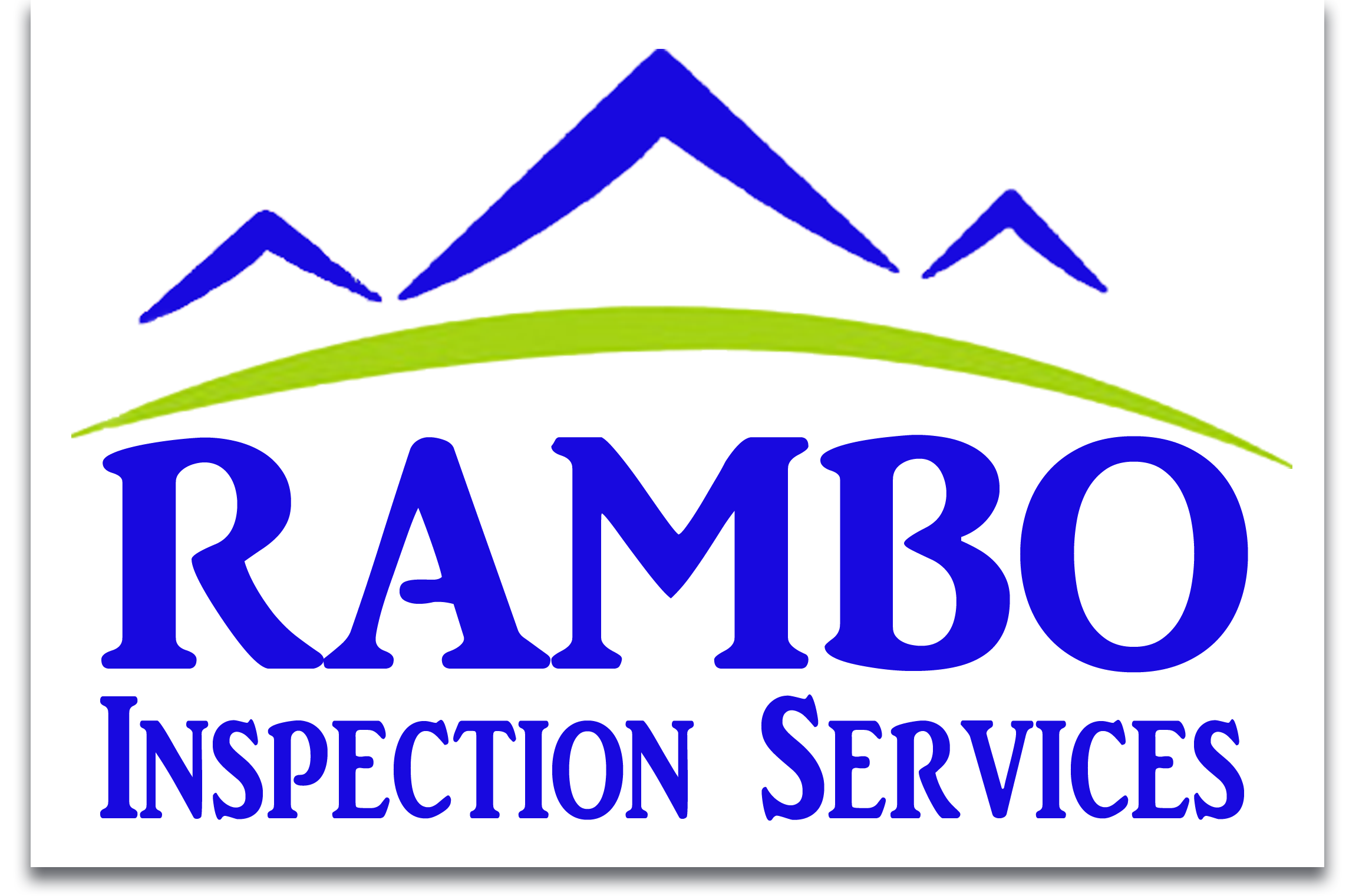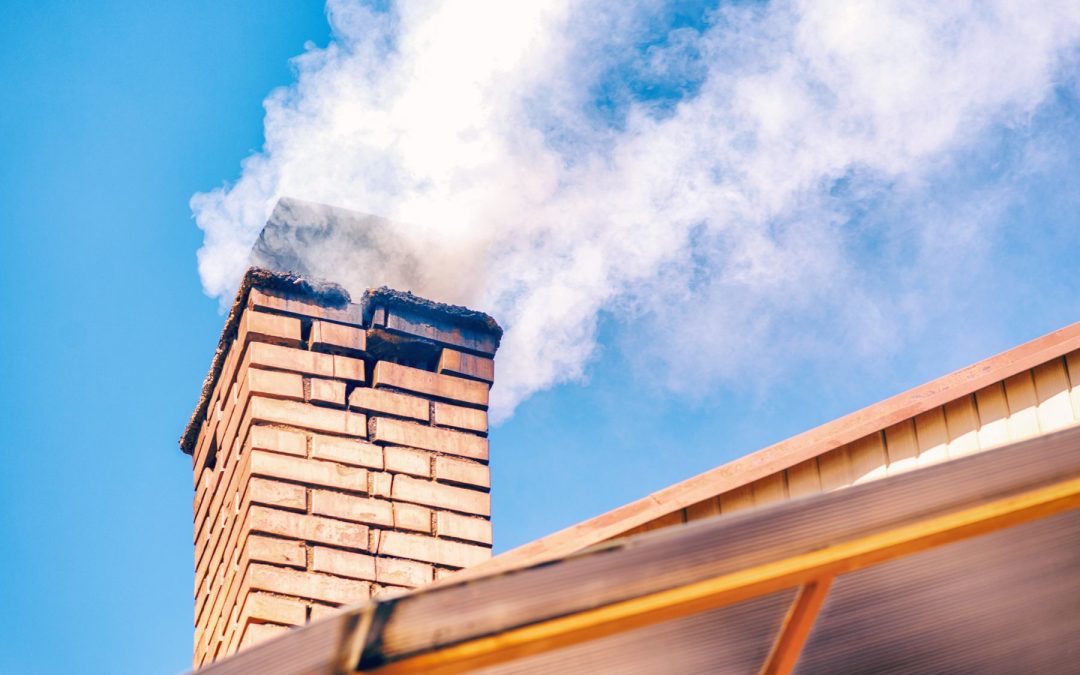Often overlooked until there’s a problem, your chimney is a vital component of your home’s safety system. Neglecting it can lead to devastating consequences, the most serious of which is a chimney fire. Understanding how these fires start and, more importantly, implementing effective chimney fire prevention strategies, is key to enjoying your fireplace safely for years to come.
Chimney Fire Prevention: The Silent Threat
At the heart of most chimney fires is creosote. This highly flammable substance is a byproduct of burning wood, and it forms as smoke and unburnt wood particles travel up your chimney flue. When wood burns, it releases volatile organic compounds, gases, and tar. As these elements cool in the chimney, they condense and stick to the inner walls, creating layers of creosote.
Creosote can take on different forms: a flaky, sooty deposit; a tar-like, sticky substance; or a hard, glazed, and shiny coating. The harder, more glazed variety is particularly dangerous because it’s the most difficult to remove and also the most combustible. If enough creosote accumulates and the internal temperature of the chimney reaches a high enough point (often due to intense fires or even sparks igniting the creosote), a chimney fire can erupt. These fires can burn at extremely high temperatures, often exceeding 2,000 degrees Fahrenheit, and can quickly spread to other parts of your home, causing significant structural damage or even total loss.
Your Best Defense: Regular Chimney Sweeping
The single most effective measure you can take to prevent chimney fires is regular, professional chimney sweeping. A good rule of thumb is to have your chimney inspected and cleaned annually, especially if you use your fireplace frequently. If you burn unseasoned wood or have very hot, fast-burning fires, you might need more frequent cleanings. A professional chimney sweep can assess the amount of creosote buildup and recommend an appropriate cleaning schedule for your specific usage habits. They have specialized tools and expertise to safely and effectively remove creosote, even the stubborn glazed kind, that a homeowner would not possess.
Smart Chimney Fire Prevention Practices: Fueling Safety
One of the biggest culprits in creosote production is burning unseasoned, or “wet,” wood. Seasoned wood has been dried for at least six months to a year, reducing its moisture content significantly. Wet wood, on the other hand, burns at a lower temperature, creating more smoke and, consequently, more creosote. You can often tell if wood is seasoned by its lighter weight, faded color, and the “clink” sound it makes when two pieces are knocked together.
Chimney Inspections: Beyond the Sweep
Even with regular sweeping, professional chimney inspections are crucial. An inspector can identify issues that a sweep might not, such as cracks in the flue liner, damaged mortar joints, or blockages from animal nests. These problems can compromise the integrity of your chimney and increase the risk of a fire or carbon monoxide leaks.
Recognizing the Signs of a Chimney Fire
Even with the best preventative measures, accidents can happen. It’s important to know the signs of a chimney fire so you can react quickly and safely.
Common signs include a loud roaring noise (like a freight train or jet engine), a visible shower of sparks or dense smoke coming from the top of the chimney, or a vibrating chimney structure. You might also notice a strong, intense smell of creosote or a distorted metal smoke pipe or damper. If you suspect a chimney fire, immediately close the damper, evacuate everyone from the house, and call emergency services. Do not try to extinguish it yourself.
Frequently Asked Questions About Chimney Fire Prevention
How can I tell if my wood is seasoned?
Seasoned wood is typically lighter in weight, has a faded or gray appearance, and makes a hollow “clink” sound when two pieces are knocked together. It also usually has cracks on the ends.
Can I clean my chimney myself?
While some homeowners attempt DIY cleaning, it’s strongly recommended to hire a certified professional. They have the right tools, training, and experience to safely and effectively remove all types of creosote and identify potential problems you might miss.
What if I only use my fireplace occasionally?
Even infrequent use can lead to creosote buildup. It’s still wise to have an annual inspection and cleaning to ensure your chimney is safe and ready for use when you do decide to light a fire.
Does burning a “chimney sweep log” prevent chimney fires?
Chimney sweep logs can help break down some creosote, but they are not a substitute for professional sweeping. They should be considered a supplemental measure, at best, and never relied upon as your primary defense against chimney fires.
What should I do if I see smoke coming from my chimney chase or walls?
This is a serious sign of a potential chimney fire or a flue liner breach. Immediately close the damper, evacuate your home, and call 911.
Taking proactive steps to maintain your chimney and practice safe burning habits is an investment in your home’s safety and your family’s peace of mind. Regular professional care, combined with smart usage, ensures that your fireplace remains a source of warmth and comfort, not a hidden danger.
Rambo Inspection Services provides home inspections in the Chicagoland area. Contact us to schedule our services.

